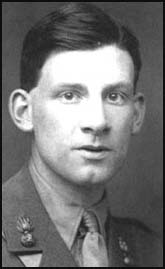Next week will be the start of the controlled assessment for the Poetry Reading task for Year 11. For the Y side of the year group, this will take place on Friday 9th and Monday 12th; the X side will be taking them on Thursday 8th and Friday 9th.
One of the biggest problems we have with controlled assessments is that people DO NOT revise for them!
You wouldn’t expect to turn up to an exam without revising – a controlled assessment is exactly the same. You NEED to have an idea of what you are going to write BEFORE you turn up for the exam.
Spend some time this weekend and the evening prior to your controlled assessment revising WHAT you have to write/say and HOW you are going to write/say it. That way, when you get into the controlled assessment on Thursday or Friday, you’re not having to waste time deciding what to write and trying to analyse the poem – you can just get straight on with it.
We know you’re under so much pressure at the moment – we all are! – but we’re behind you 100% to make sure that you achieve your true potential. If you have any questions, worries or stresses about the controlled assessment, come and speak to one of your English teachers this week.
Revision Tips:
- Below will be the lesson powerpoints, poetry task mark scheme and a student written model example (A grade). Use these to target certain areas, plan what you are going to write and revise the poem.
- You are not allowed an annotated copy of the poem in the controlled assessment, so ensure you revise at least three language devices and two structural devices that the poet uses in each poem. Also, make sure you know what the poems are about!
- Google the poems – look up the images that are created by each poet, watch videos on Youtube or on this site. Read up about the poet to help you decide WHY they have written about what they have.
Resources:
Edexcel Unit 3 Poetry mark scheme – Exam out of 24
L1 Intro and Base Details Group Work
Unit 3 Controlled Assessment Example Answer and Writing Frame
Good luck with revision – any questions, leave a comment or ask next week.
Miss Jarvis




